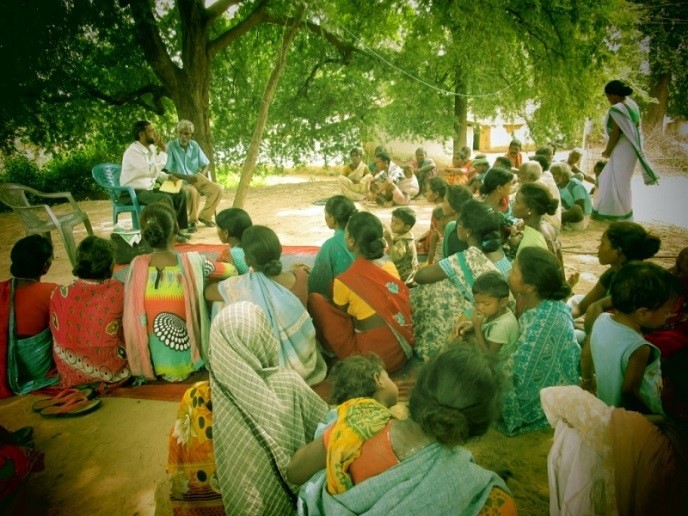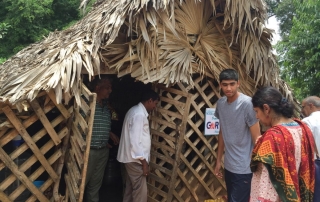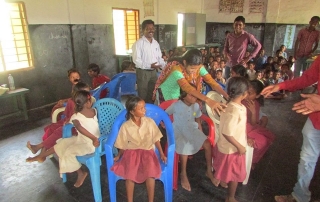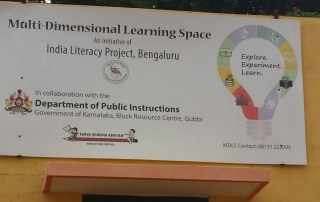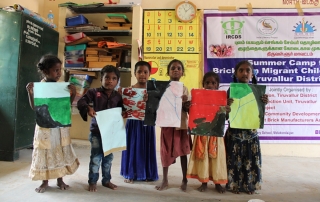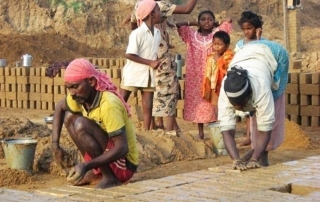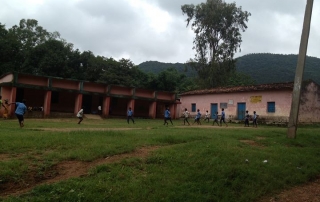Girls are the engine of the family unit and the global economy – don’t leave them behind!
If you chronicle a successful family unit of any ethnicity or geography, you will often find that a woman has played a pivotal role. Sometimes the role is overt and obvious for all to see and appreciate. But often times, the contribution is behind the scenes, forming the bedrock upon which the family thrives.
